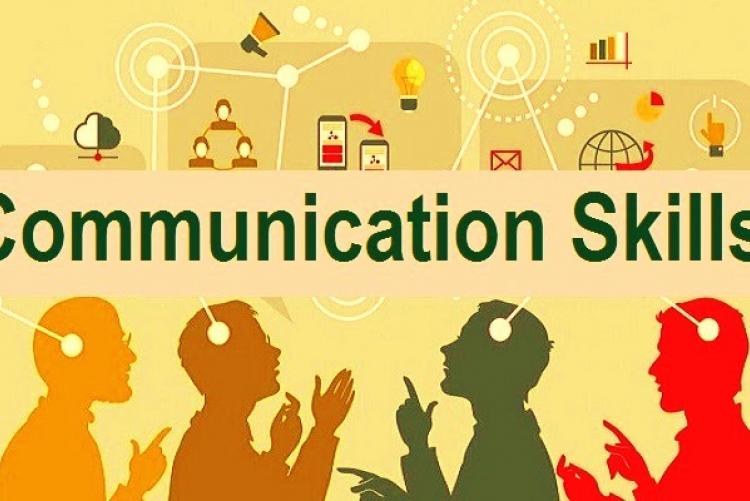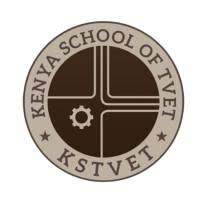Foundation of communication skills

2. Types of communication
2.1. Non-verbal communication
In this topic we are going to dwell on non-verbal communication. In a nut shell Nonverbal communication is the exchange of messages without using words. It involves body language, facial expressions, gestures, and other visual cues that convey meaning—often more powerfully than spoken words.
🔍 Types of Nonverbal Communication
Facial Expressions
Show emotions like happiness, anger, surprise, or sadness.
Universally understood (e.g., a smile means happiness).
Gestures
Hand or body movements used to express meaning.
Can vary by culture (e.g., thumbs up may be positive in one place, offensive in another).
Posture
The way someone sits or stands shows confidence, openness, nervousness, or aggression.
Example: Standing tall shows confidence; slouching may suggest disinterest.
Eye Contact
Signals attention, respect, honesty—or discomfort, avoidance, or submission.
Too much or too little eye contact can send mixed signals.
Body Movements (Kinesics)
Includes all physical movements, such as crossing arms or tapping feet.
Example: Nodding shows agreement; fidgeting might show anxiety.
Touch (Haptics)
A handshake, pat on the back, hug, or tap can communicate support, power, or familiarity.
Meaning can depend on culture and context.
Space (Proxemics)
The physical distance between people while communicating.
Too close may feel intrusive; too far may seem distant or uninterested.
Paralanguage
Tone, pitch, volume, and speaking speed.
Example: A sarcastic tone can change the meaning of a simple sentence.
Appearance
Clothing, hairstyle, and grooming can communicate professionalism, mood, or identity.
"The most important thing in communication is hearing what isn’t said."
— Peter Drucker
